
 |
|
November 2018 News from No BoundariesNo Boundaries Meeting in Austin | TRB Lectern Session on Innovation Programs | New Members Are Welcome Around the Maintenance World Meetings and Events | Training Opportunities | Research |
The No Boundaries Roadway Maintenance Practices pooled fund project, #TPF-5(330), facilitates the implementation of proven, ready-to-deploy maintenance innovations. |
| Welcome! This newsletter from the national No Boundaries consortium features the latest updates on the group's activities and compiles recent research, state practices, and training opportunities related to non-winter roadway maintenance from around the country. |
News from No Boundaries |
| Fall No Boundaries Meeting in Austin, Texas More than 30 attendees participated in No Boundaries' second meeting of 2018, hosted by Texas DOT in Austin from October 16 to 18. (Meeting materials and presentations)
In addition, technical visits included a tour of the fleet shop where Texas DOT fabricates maintenance vehicles (such as herbicide trucks and sign trucks) and a demonstration of the agency's pavement management system and equipment. (Technical tour photos) |
|
|
|
|
| No Boundaries' TRB Lectern Session on Innovation Programs Come join No Boundaries at the Transportation Research Board 2019 annual meeting this January in Washington, D.C. We have organized a panel of experts and practitioners who will talk about different state DOT innovation programs, provide details on successes and challenges, and share the national perspective on innovation.
Lectern Session 1471: State DOT Innovation Programs: Identifying New Technologies and Practices from the Front Lines
Tuesday, January 15 at 10:15 a.m. Session Description: Not every improvement at a state DOT is a product of the research process. Many innovations that save time, money and lives are a product of the initiative of front-line workers who see�and then act on�a better way of doing their jobs. Member agencies of the No Boundaries roadway maintenance pooled fund have led an effort to learn how states identify, reward, and implement such innovative technologies and practices. Successes and challenges from different states' innovation programs, together with a federal perspective on innovation, will provide insights on how to best tap front-line innovation as a resource. Presentations
We look forward to seeting you there. |
|
|
| New Members Are Welcome No Boundaries membership stands at 19 state DOTs across the United States: Colorado, Connecticut, Florida, Illinois, Louisiana, Maine, Maryland, Michigan, Minnesota, Mississippi, Missouri, New York State, North Dakota, Ohio, South Carolina, Texas, Virginia, Washington State, and Wisconsin. |
|
|
 |
Meetings and Events |
| Date | Meeting / Event | Location |
| January 13-17, 2019 | 2019 Transportation Research Board (TRB) Annual Meeting | Washington, DC |
| January 20-23, 2019 | 2019 National Asphalt Pavement Association Annual Meeting | Marco Island, FL |
| February 18-21, 2019 | 2019 AEMA-ARRA-ISSA (Asphalt Emulsion Manufacturers Association, Asphalt Recycling & Reclaiming Association, and International Slurry Surfacing Association) Annual Meeting | Cancun, Mexico |
| February 27-March 2, 2019 | 2019 National Pavement Expo | Nashville, TN |
| March 3-6, 2019 | 2019 Association of Asphalt Paving Technologists (AAPT) Annual Meeting and Technical Sessions | Ft. Worth, TX |
| March 24-28, 2019 | 2019 Corrosion Conference & Expo | Nashville, TN |
| April 16-18, 2019 | 2019 AASHTO Southeast Bridge Preservation Partnership Meeting | Baton Rouge, LA |
| May 14-16, 2019 | 2019 AASHTO Western Bridge Preservation Partnership Meeting | Reno, NV |
| June 10-13, 2019 | 2019 International Bridge Conference | National Harbor, MD |
| July 22-25, 2019 | 2019 Bridge Engineering Institute Conference | Honolulu, HI |
| September 8-11, 2019 | 2019 APWA Public Works Expo (PWX) | Seattle, WA |
| September 9-11, 2019 | 2019 AASHTO Northeast Bridge Preservation Partnership Meeting | Burlington, VT |
| October 15-17, 2019 | 2019 AASHTO Midwest Bridge Preservation Partnership Meeting | Bismarck, ND |
Training Opportunities |
| APWA Webinar: GPS/Automatic Vehicle Location (AVL) This webinar, to be held December 6 from 10:00 to 11:00 a.m. Central Time, will look at GPS and AVL from different perspectives through a panel discussion. Details. |
|
|
|
|
| TRB Webinar: Moisture Infiltration and Pavement Surface Treatments TRB conducted a webinar in November that discussed available methods for measuring moisture infiltration into pavements. Presenters described a universal method for measuring water infiltration into multiple types of in-place asphalt pavement surfaces. They also discussed novel materials, design, and/or construction practices that may minimize moisture infiltration into pavements. |
|
|
|
|
| Austroads Webinar: Measuring and Reporting the Value of Road Maintenance and Renewal Works Recorded in November, this webinar gives an overview of a cost benefit analysis framework to help assess the value of maintenance and renewal activities. Details. |
|
|
|
|
Asset Management Research |
| Improved Methodology for Benefit Estimation of Preservation Projects Researchers developed a supplemental software application tool based on FHWA's HERS-ST software to improve the process for evaluating the benefits and economic tradeoffs of highway preservation projects. With the new tool, the software can provide estimates for a variety of regional-level agency and user costs associated with preservation programs and more effectively consider different investment alternatives. Report. |
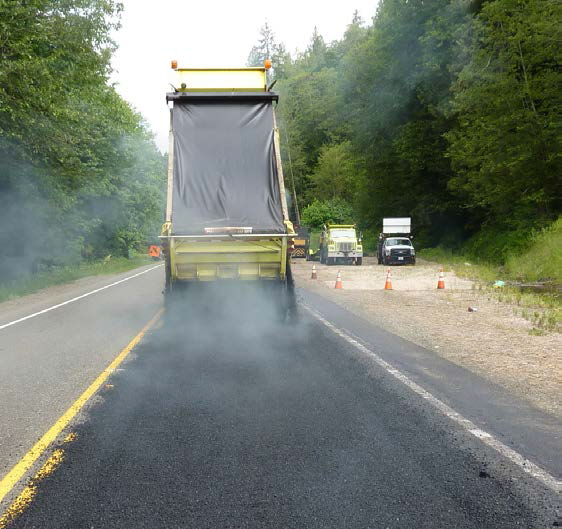 |
|
|
|
| Remaining Service Life Asset Measure, Phase 1 In this study, preliminary work was performed to determine if a common metric, such as remaining service life, can be used across MnDOT's bridge and pavement assets. After examining similar tools and methodologies, researchers recommended the use of Percent Remaining Service Interval as a common metric to optimize the use of available funds. Report. |
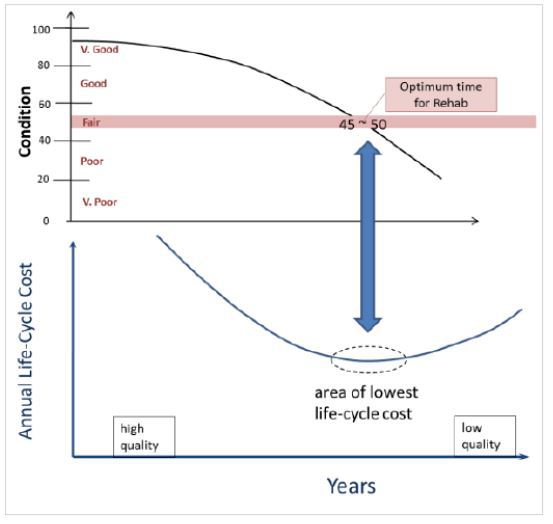 |
|
|
|
| Application of System Dynamics to Integrate Pavement Preservation in Flexible Pavement Design Process This study identified the optimal time to intervention for pavement preservation strategies that depend on traffic level, design layer thicknesses, and modulus (strength) of the pavement layers. Researchers used AASHTOware and a system dynamic software to examine how design input parameters and various external factors (e.g., climates, environments, traffic) impact pavement performance. Abstract. |
|
|
|
|
Bridge Maintenance Research |
| Evaluation of Effective Bridge Deck Repair Maintenance Methods Ohio DOT needed a safer and more efficient approach for concrete removal for bridge deck patch repair. After an extensive literature review of current and alternative methods, researchers recommended the use of hydrodemolition robots, which were more efficient and effective in patch repair than other methods and equipment. Report. |
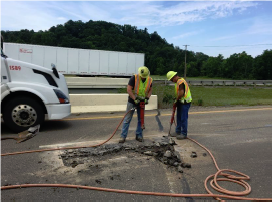 |
|
|
|
| I-10 Girder Repair Using Post-Tensioned Steel Rods and Carbon Fiber Composite Cables (CFCC) Louisiana Department of Transportation and Development rehabilitated the deteriorated girders of the I-10 Littlewoods Bridge using external post-tensioning with both high strength steel rods and carbon fiber composite cables as secondary support. After installation, both materials were monitored for a short period of time to assess structural performance. Report. |
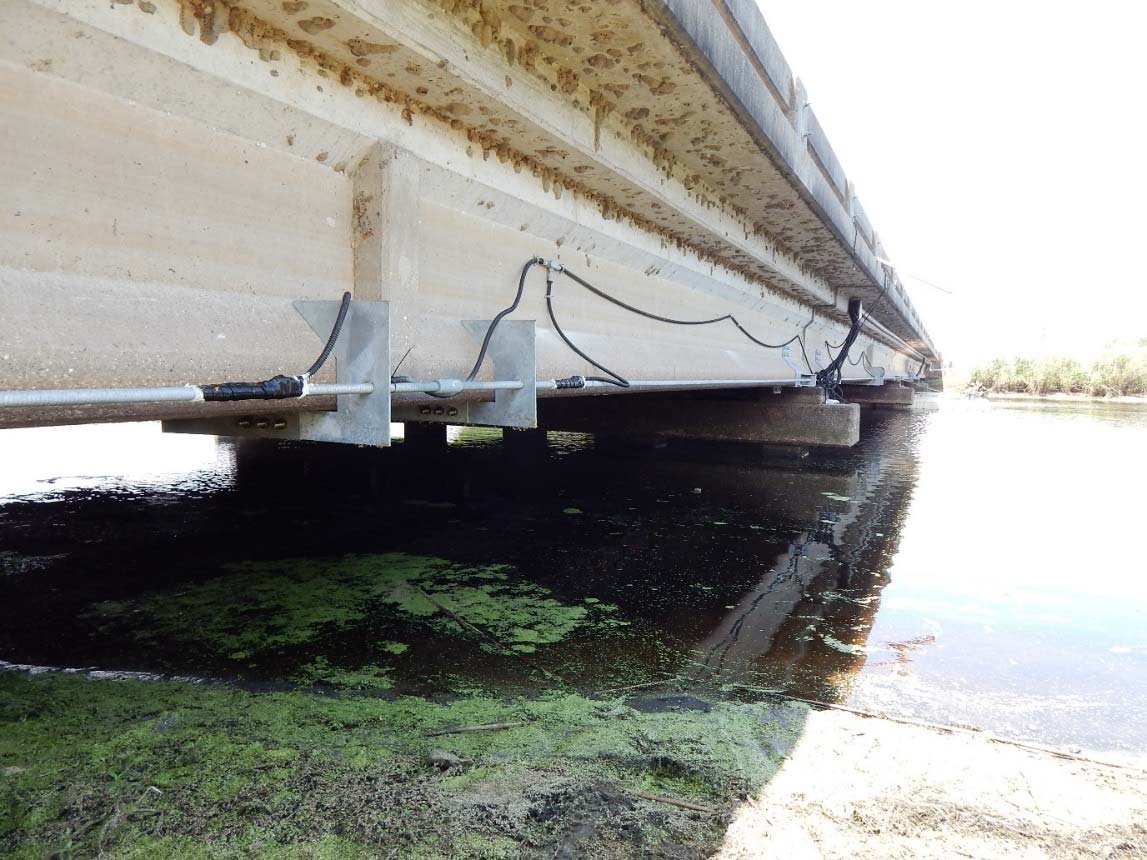 |
|
|
|
| Bridge Inspecting with Unmanned Aerial Vehicles R&D In this study, researchers reviewed the advantages, disadvantages and limitations of using unmanned aerial vehicles (UAV) for routine bridge inspection work in Louisiana. Based on their findings, they made recommendations for a specific UAV system and provided guidance on how to conduct inspections. Report. |
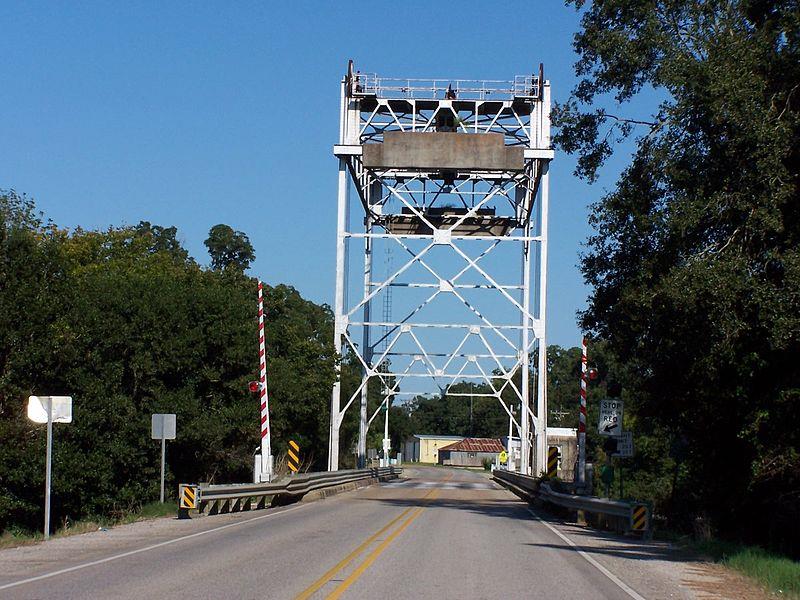 |
|
|
|
Culvert Maintenance Research |
| Adapting 360-Degree Cameras for Culvert Inspection: Case Study Researchers used a 360-degree video camera mounted on a remote-control vehicle to help pinpoint the location of defects in a culvert. The camera allowed inspection of hard-to-reach areas and provided culvert inspectors with quantitative information on the condition of the asset. Abstract. |
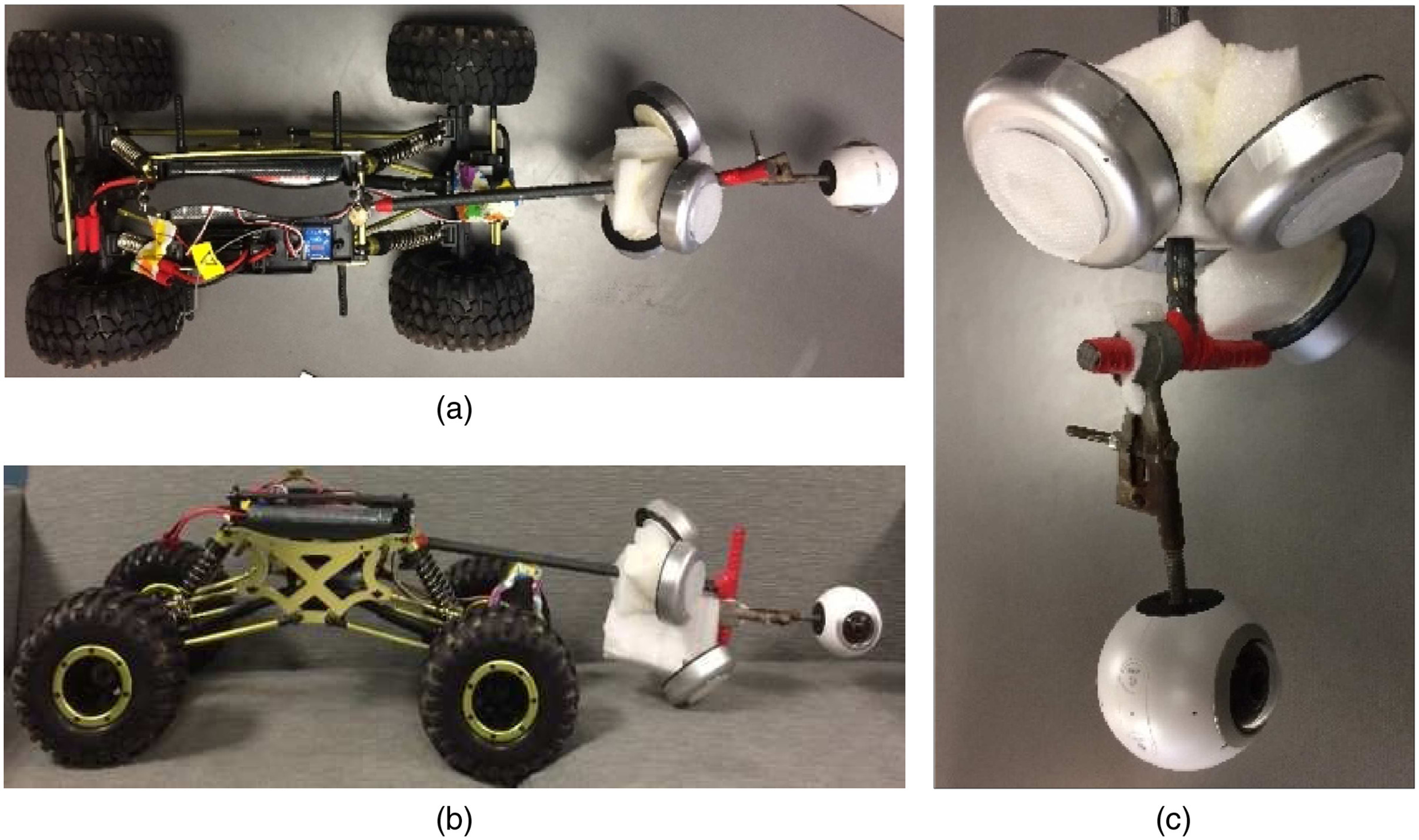 |
|
|
|
Drainage Systems Maintenance Research |
| Effective and Economical Cleaning of Pipes and Underdrains--Phase II Ohio DOT investigated new technology to replace its vacuum jet truck for cleaning drainage assets. This two-page fact sheet presents the research team's evaluation and recommendation on the more portable and cost-efficient modified cleaning system. Fact sheet. |
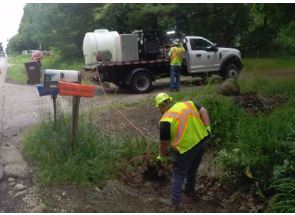 |
|
|
|
Gravel Roads Research |
| Defining Needs for Optimized Management of Gravel Road Networks This paper presents survey results on the state of the practice in gravel road management used by Canadian municipalities. The paper also discusses the main components and functions of a comprehensive gravel road management system. Paper. |
|
|
|
|
| Roughness Deterioration Models for Unsealed Road Pavements and Their Use in Pavement Management Gravel roads are usually maintained by routine blading to provide a smooth riding surface for vehicles. Researchers examined three widely used roughness prediction models to determine ideal blading frequencies for unsealed roads. Abstract. |
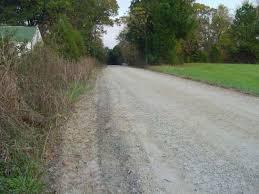 |
|
|
|
Maintenance Worker Safety Research |
| Towards Improving Safety Performance of Transportation Maintenance Workers through a Pre-Task Safety Talk Program This study analyzed and identified the leading causes of work-related injuries among construction highway maintenance workers between 2005 and 2015. Based on the findings, which suggested a lack of safety practices as the main reason behind most accidents, researchers developed guidance and a practical pre-task safety tool to improve worker safety. Report. |
|
|
|
|
| Synthesis of State Highway Worker Safety Practice and Programs in the United States States have adopted safety programs and policies to encourage safety and reduce risks to state highway workers. This synthesis study presents safety practices among state DOTs and highlights innovative safety programs. Conference paper. |
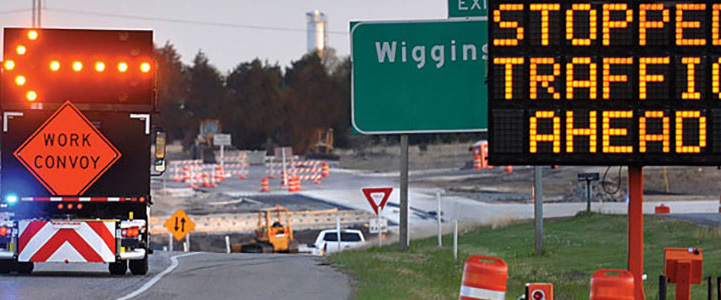 |
|
|
|
| Student Work Safety Guidelines in Roadside Applications and Work Zones: Safety Guidelines for Transportation Researchers Students conducting research on behalf of state DOTs are constantly exposed to safety hazards. In many cases, these students have minimal safety training and have little prior experience working on active roadways. This guideline provides students with information on how to work safely on roadways when performing research. Report. |
|
|
|
|
Pavement Maintenance Research |
| Application Rate Adjustments for Seal Coats in Texas New technologies are being developed that can potentially reduce pavement deterioration. A Texas DOT study investigated an asphalt distributor system as a tool to improve its current sealcoating practices. Report. |
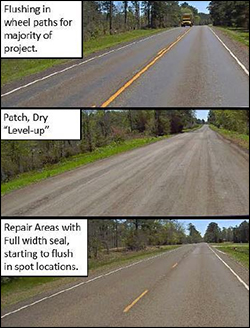 |
|
|
|
| Establishing Percent Embedment Limits to Improve Chip Seal Performance In this study, researchers validated a software tool developed in a previous Michigan DOT research effort to measure chip seal properties that are associated with long-term performance. This tool is based on direct visual imaging techniques and does not suffer the same drawbacks as traditional estimation methods. Report. |
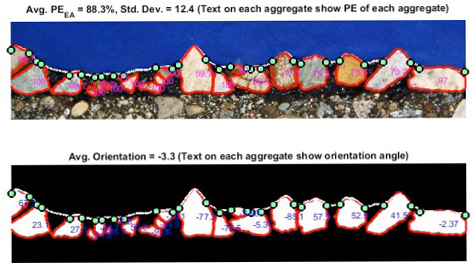 |
|
|
|
Roadside and Vegetation Management Research |
| Mowing and Haying in the State Trunk Highway Right of Way After a mixed public response to Minnesota DOT's issuance of a standard permit to access land for mowing and haying, the Minnesota legislature formed a commission and stakeholder group to review the requirements. This publication details the outcomes of these efforts and presents recommendations regarding mowing and haying. |
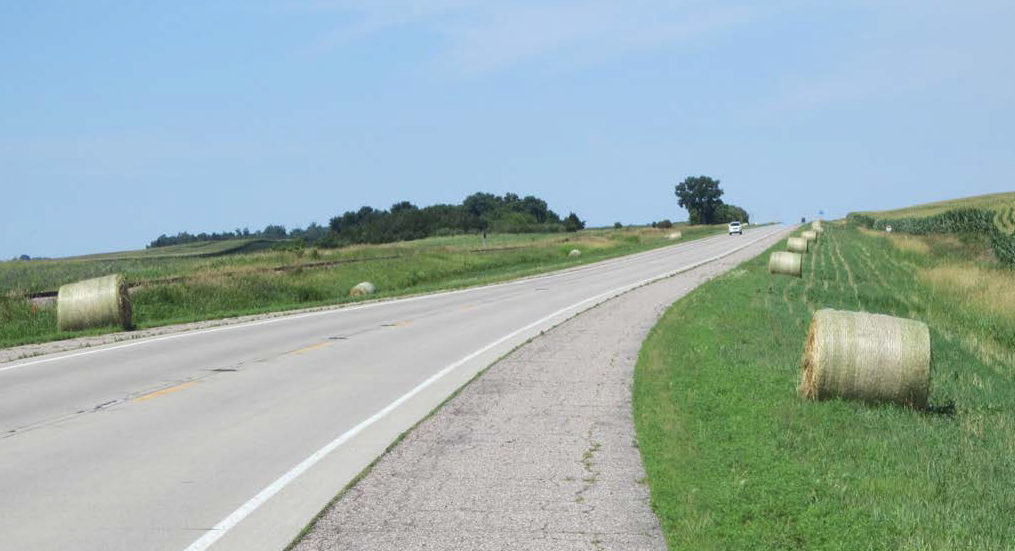 |
|
|
|
Sign Maintenance Research |
| Re-Tightening the Large Anchor Bolts of Support Structures for Signs and Luminaires In Minnesota, anchor bolts used in support structures were becoming loose in less than two years, even after being tightened according to existing procedures. To address this issue, researchers developed a new tightening process for MnDOT structures based on AASHTO specifications. Report. |
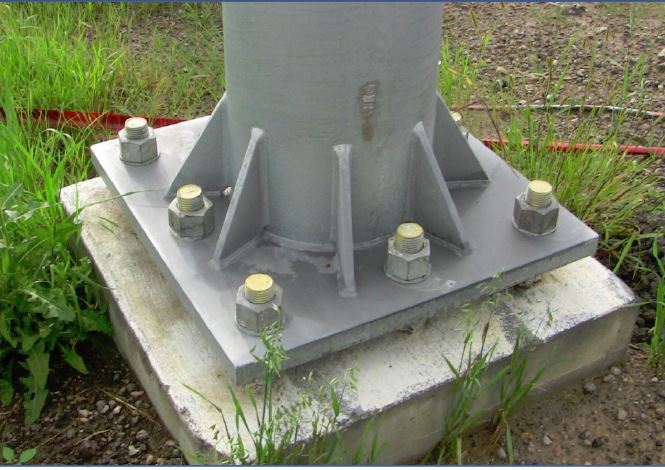 |
|
|
|
Subscribe to this newsletter |